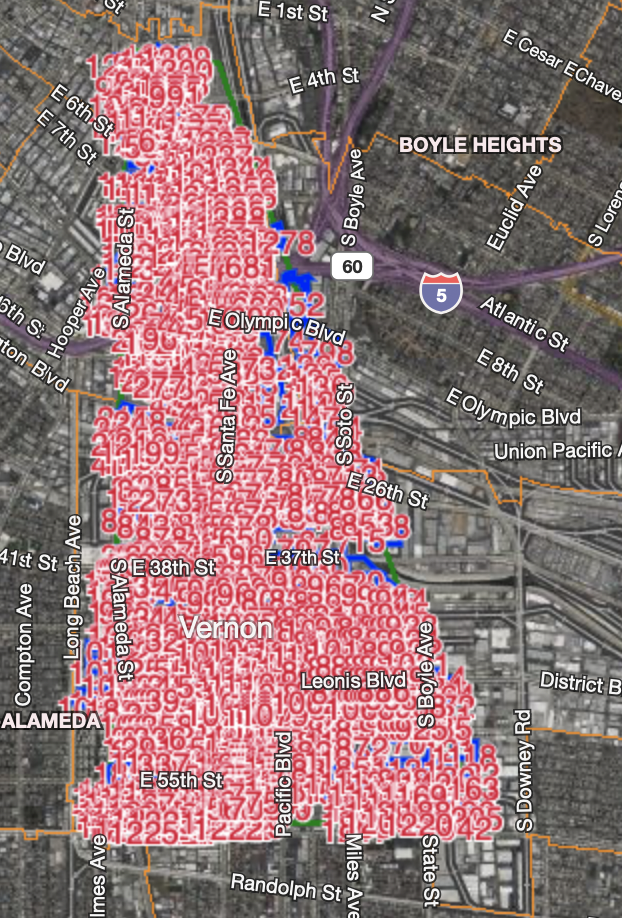Measure ULA, commonly known as the “mansion tax,” would impose a new “Homelessness and Housing Solutions Tax” on transfers of residential and commercial real property in the city of Los Angeles valued in excess of $5 million.
Under the measure, sales of residential and commercial real property valued at over $5 million but less than $10 million would be subject to an additional tax at the rate of 4%, while sales of properties valued at $10 million or more would be subject to an additional tax at the rate of 5.5%. The new tax would apply to the entirety of the sale value, not solely the amount in excess of the $5 million and $10 million thresholds, and regardless of whether the property is sold at a gain or a loss. The thresholds would be adjusted each year based on inflation. The tax would apply to property sales occurring on or after April 1, 2023.
The new tax would be in addition to the existing documentary transfer tax imposed on property sales in the city of Los Angeles, which is imposed at a combined city and county rate of 0.56%.
This tax will have a negative impact on property sales, especially industrial real estate sales given they are generally sold at a higher value than many other types of properties. The tax could possibly make properties in the City of L.A. less attractive to buy.
Who will end up paying the new real estate transfer tax? Below are the percentage of sales based on recent data for each property type.
- Single-Family Residences and Condos: 2.6%.
- Multi-Family Apartment Buildings: 6%
- Commercial (office buildings, retail, etc.): 11%
- Industrial: 19%
- Other (vacant land, utilities, etc): 1.9%
The ordinance exempts certain transfers from the ULA Tax. Transfers to non-profit entities, Community Land Trusts, and Limited-Equity Housing Cooperatives are exempt, as these are the types of transactions the City is intending to encourage.
On December 21, 2022, the Howard Jarvis Taxpayers Association and the Apartment Association of Greater Los Angeles brought suit in state court challenging the validity of the ULA Tax. Plaintiffs argue that the ULA Tax is a “specific tax” prohibited by the California Constitution on the grounds that ULA Tax revenue must be used for specific purposes. The litigation is currently pending.
Above data from An Analysis of Measure ULA, by UCLA Lewis Center.


